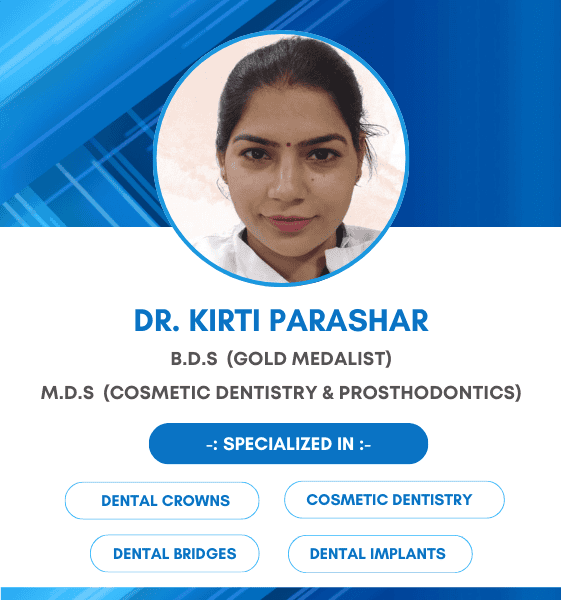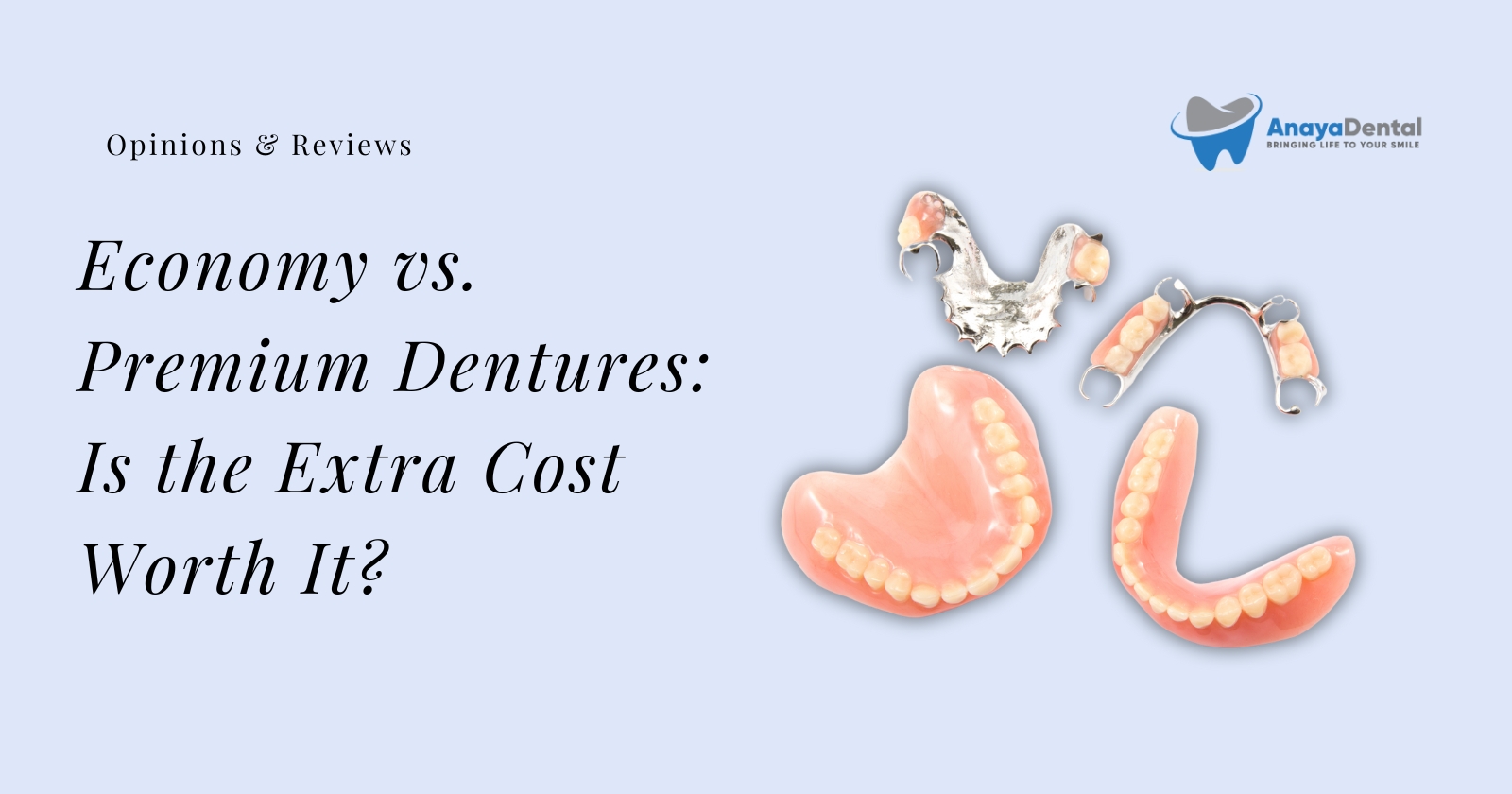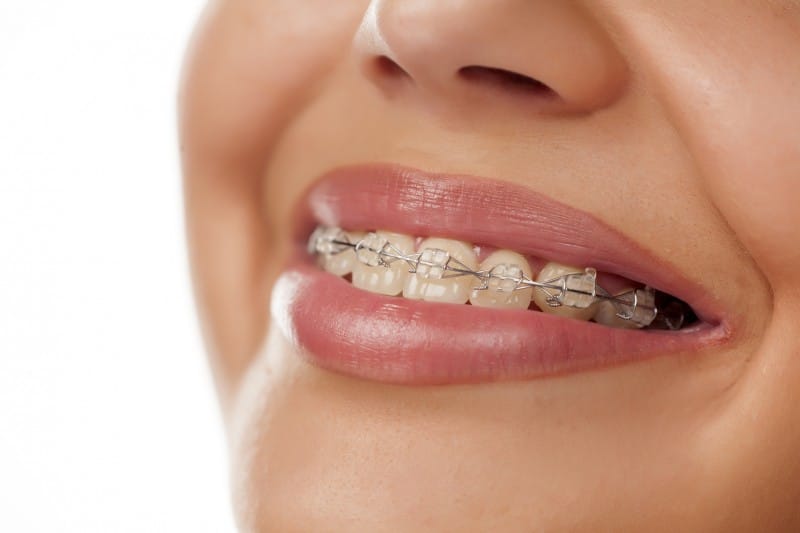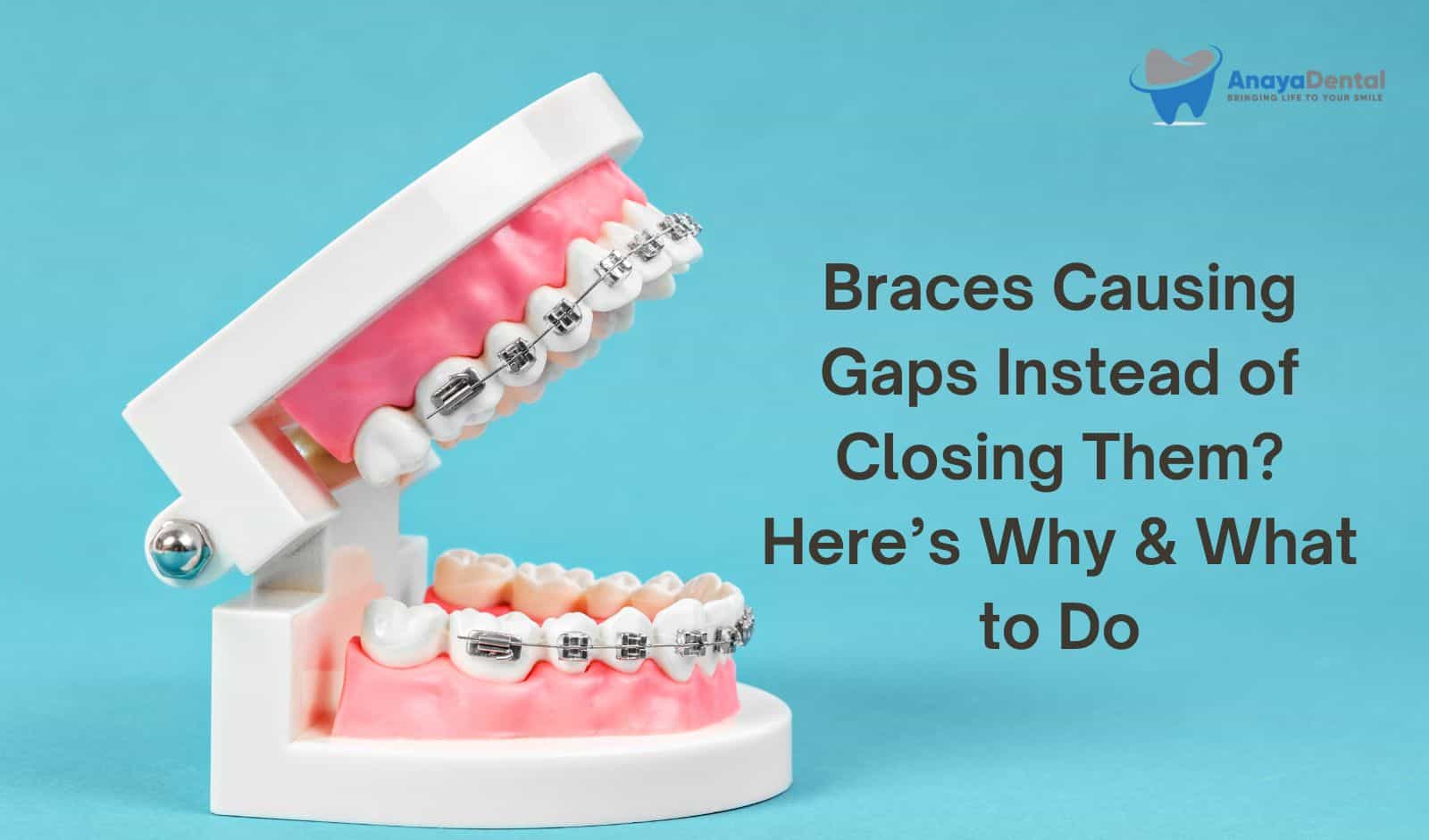Your self-confidence can suffer if your teeth aren’t properly aligned. You might even hesitate to smile in public due to feeling self-conscious about your teeth.
You don’t have to deal with this for the rest of your life. Many people are aware of orthodontics and braces, but you might not want braces, or they might not be the best option for you. So, how can you straighten your crooked teeth?
Without wearing braces for months, veneers can help straighten and align your crooked teeth. Veneers are a great substitute if your hectic schedule prevents you from receiving braces treatment and visiting the orthodontist every two weeks for adjustments.
Try Our Dental Calculators
What are veneers?
Veneers are thin shells custom-made from tooth-colored materials like porcelain or composite resin. They are bonded to the front surface of your teeth to improve their appearance.

Some Key features of veneers are:
- Function: Primarily cosmetic, treating problems like small gaps, discolorations, chips, cracks, and mildly misaligned teeth.
- Material: Composite resin or porcelain. Composite veneers are easier to apply and may be less expensive than porcelain veneers, but porcelain veneers are more stain-resistant and long-lasting.
- Placement: A dentist will first remove a small amount of enamel from the front surface of the tooth before bonding veneers to it, ensuring a strong bond.
Comparison between veneers and orthodontic braces:
| Feature | Veneers | Orthodontic Braces |
| Primary Function | Cosmetic | Orthodontic (alignment and bite correction) |
| Material | Porcelain or composite resin | Metal, ceramic, or clear plastic |
| Procedure | Bonding thin shells to teeth | Applying brackets and wires to gradually move teeth |
| Time to Complete | 2-3 appointments | 12-24 months (average) |
| Discomfort | Minimal (may use anesthesia) | Moderate discomfort during adjustments |
| Visibility | Can be very natural-looking | Can be noticeable, especially metal braces |
| Suitability for Crooked Teeth | Mild misalignment, chips, gaps | Moderate to severe misalignment, bite problems |
| Durability | 10-15 years with proper care | Up to 10 years with proper care and retainers |
| Reversibility | Irreversible (enamel removal) | Reversible (teeth return to original position without retainers) |
| Cost (per tooth) | ₹80,000 – ₹200,000 | ₹240,000 – ₹560,000 (average) |
| Maintenance | Regular brushing, flossing, and dental visits | Regular brushing, flossing, retainer wear (after treatment) |
How the veneers work for crooked teeth?
There are several reasons veneers are an attractive option if you’re looking for a cosmetic solution to crooked teeth without extensive orthodontic treatment. Consider these benefits:
- Faster Results: Veneers can straighten teeth in a matter of months, as opposed to braces or aligners, which require several appointments, usually two to three, to achieve the desired result.
- Minimal Discomfort: The veneer placement process is minimally invasive, and anesthesia is frequently used to ensure comfort during the enamel removal phase.
- Natural-Looking Smile: The color, shape, and size of porcelain veneers can be greatly customized. Expertly crafted veneers can produce a stunning and natural-looking smile.
- Increased Confidence: Veneers can dramatically enhance your smile’s appearance, boosting your self-esteem and confidence.
- Durability: With proper maintenance, porcelain veneers can last ten to fifteen years or longer.
- Chip Repair: Veneers can treat a chipped tooth and mild misalignment at the same time, repairing the tooth’s structure and enhancing its appearance.
Limitations of veneers for crooked teeth
Veneers are a great cosmetic dentistry option, but they do have limitations:
- Veneers Don’t Fix Underlying Issues: Veneers only address the cosmetic aspect, not the root cause of crooked teeth. If you have bite problems or moderate to severe misalignment, veneers might not be suitable.
- Irreversible Procedure: Placing veneers involves removing some enamel, which is irreversible.
- Cost: Veneers can be more expensive upfront compared to traditional braces.
- Maintenance: While durable, veneers require good oral hygiene and regular dental checkups to maintain their longevity and prevent staining.
Ideal candidates for veneers for crooked teeth
If you’re considering veneers, here’s what makes you an ideal candidate:
Cosmetic Concerns
- Mild Misalignment: If your teeth have minor rotations, angulations, or gaps that are primarily aesthetic concerns, veneers can effectively mask them.
- Discoloration or Chips: Veneers can address these issues alongside mild misalignment.
- Uneven Tooth Size: Veneers can be customized in size and shape to improve the uniformity of your front teeth.
Dental Health and Habits
- Healthy Teeth and Gums: Veneers require a healthy foundation. You shouldn’t have active decay, gum disease, or significant tooth structure loss.
- Good Enamel: Since a small amount of enamel is removed for veneer placement, having sufficient healthy enamel is crucial.
- Good Oral Hygiene Habits: Maintaining a regular brushing and flossing routine is essential for the longevity of veneers and overall oral health.
- Limited Teeth Grinding: Excessive teeth grinding (bruxism) can damage veneers. If you grind your teeth, a dentist might recommend a nightguard to protect them.
Realistic Expectations
- Understanding Limitations: Veneers can’t fix severely crooked teeth or bite problems. They primarily address the cosmetic appearance of the front surface.
- Long-Term Commitment: While not permanent, veneers require good care and typically last 10-15 years.
- Age: Veneers are generally not recommended for young children whose teeth are still developing.
- Budget: Veneers can be expensive, and the cost varies depending on the number of teeth and material used.
We, as a qualified team can help in deciding whether veneers are essential or not. We can assess your situation, including the severity of your crooked teeth, your overall oral health, and your goals, to determine if veneers are the right choice for you.
Procedure to place veneers
The procedure for placing veneers typically involves several appointments at the dentist’s office. Here are the general steps:
Consultation and Planning (Appointment 1)
- Initial Discussion: You’ll discuss your desired outcome with our dentist experienced in cosmetic dentistry. They will examine your teeth, gums, and overall oral health.
- X-rays and Impressions: X-rays will be taken to assess your jawbone health and root positioning. Impressions of your teeth will be created using a mold to design custom veneers.
Tooth Preparation and Veneer Creation (Appointment 2)
- Local Anesthetic: Anesthesia might be used to numb the area around the teeth being treated for your comfort during the next step.
- Enamel Removal: A small amount of enamel is removed from the front surface of the teeth receiving veneers. The amount removed depends on the severity of misalignment and the desired outcome.
- Shade Selection: Our dentist will carefully choose the shade of the veneer to match your natural teeth or create a whiter smile, depending on your preference.
- Temporary Veneers (Optional): While the permanent veneers are crafted in a dental lab based on the impressions and shade selection, temporary veneers might be placed on your prepared teeth. These protect your teeth and allow you to get used to the look and feel of veneers.
Veneer Placement and Aftercare (Appointment 3)
- Checking the Veneers: Once the permanent veneers are ready, Our dentist will check their fit, color, and overall aesthetics to ensure they match your expectations.
- Bonding the Veneers: Our dentist will thoroughly clean and dry your teeth before carefully bonding the veneers to the prepared tooth surfaces using a strong dental adhesive and curing it with a special light.
- Adjustments: Minor adjustments to the veneer’s shape or bite might be made at this stage to ensure a comfortable fit and function.
- Aftercare Instructions: Our dentist will provide detailed instructions on caring for your veneers, including proper brushing and flossing techniques, dietary recommendations to avoid damaging them, and the importance of regular dental checkups.
Recovery and Follow-up
- Veneers are a minimally invasive procedure, and discomfort is usually minimal. Over-the-counter pain relievers can be taken if needed.
- You can generally resume your normal activities following the veneer placement appointment.
- Maintaining good oral hygiene is crucial for the longevity of your veneers. Brushing twice daily, flossing regularly, and avoiding habits like biting on hard objects will help prevent chipping or damage.
- Regular dental checkups and cleanings are essential to ensure the health of your teeth and gums with veneers. The dentist will also monitor the condition of the veneers and address any concerns you might have.
How long will it take to straighten teeth?
While veneers won’t straighten your teeth, the entire process of getting them for a minimally crooked smile can be completed in a few weeks. If you have significantly crooked teeth, orthodontic treatment with braces or aligners will be necessary, and that can take 12-24 months on average.
Veneers for crooked teeth- Before and After











